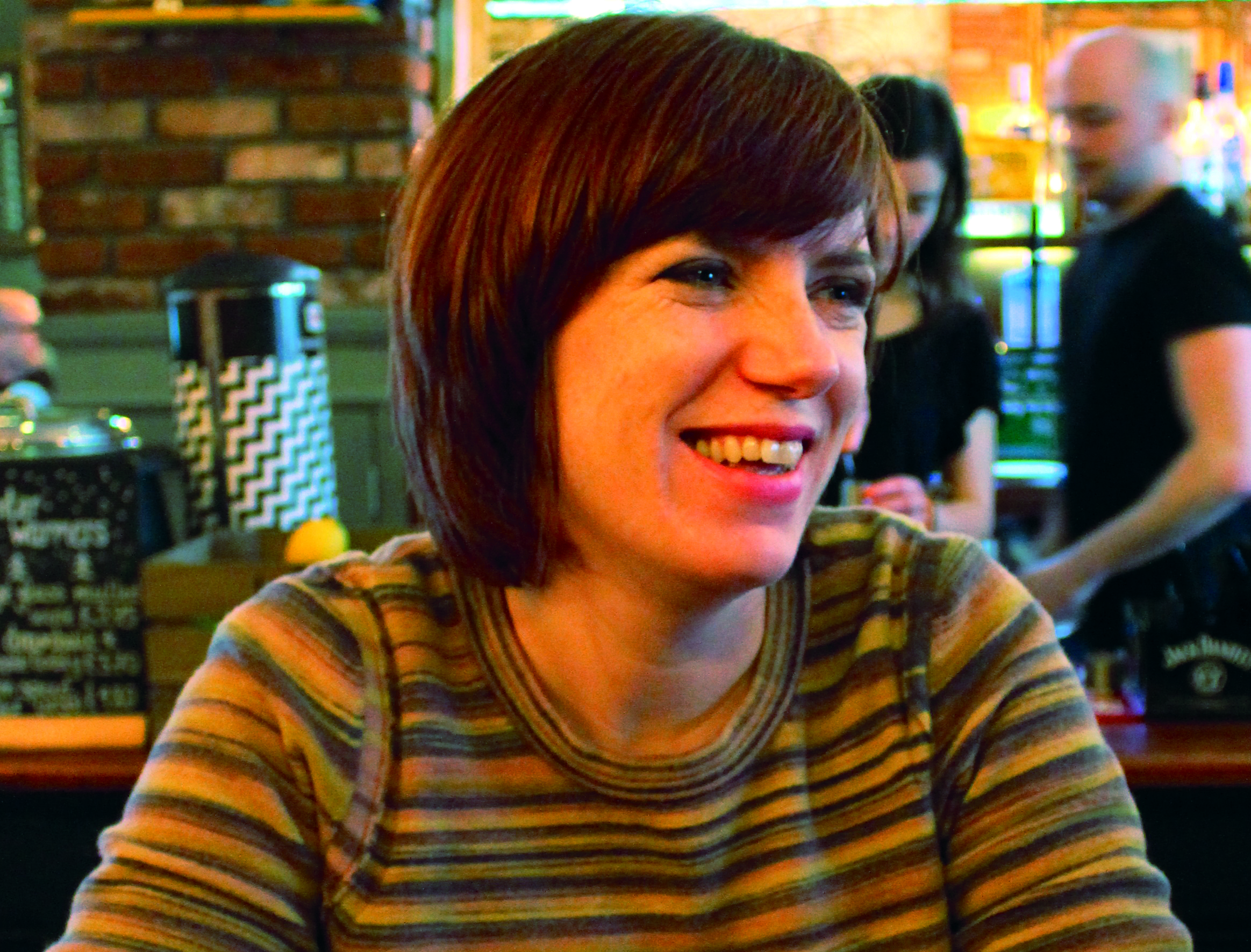Susan Smith reflects on why Scotland's voluntary sector is #NeverMoreNeeded as a glimmer of light starts to appear at the end of the lockdown tunnel
Today, as I write, is PDay – the glimmer of light signalling the end of the lockdown tunnel I’ve been desperately waiting for. I expected it on 18 June and nearly cried when it was delayed until 29 June. I woke up this morning full of anticipation and then was struck by the ominous sound of torrential rainfall. I don’t care, my toddler is wrapped up in mini hazmat suit and wellies and off to the swings.
In our household, the playparks reopening is a major step towards recovery from the isolation and reduced physical and mental stimulation that has been lockdown. Other households will be more interested in the reopening of gyms, hairdressers, pubs and restaurants, community centres and of course schools.
But as we get set to enter phase 3 on 10 July and celebrate the extended freedoms that will offer, for most of us there are still a lot more questions than answers and the route-map out is looking increasingly like a labyrinth.
Over the last month, for example, we’ve gone from the education minister announcing some children may only get one or two days of schooling for the whole of the next academic year to the first minister suggesting we could see the elimination of Covid-19 by the end of the summer and a complete resumption of normal schooling. It’s very confusing. As a parent of a pre-schooler, it’s been even more disappointing how little nurseries have been mentioned except to announce that the planned expansion of free childcare won’t go ahead.
Many voluntary and community run services that closed in March will also be able to reopen in phase 3. But, with childcare uncertainty and ever more confusing social distancing measures, it’s hard to know how that’s going to work. “We keep talking about it,” said one manager, “but it’s still very unclear”.
In the meantime, voluntary organisations continue to demonstrate how and why they are #NeverMoreNeeded than right now with an ever-expanding range of practical and emotional support for ordinary people. Over the last month, the financial story for the voluntary sector has become clearer with the publication of a series of research reports. It’s not a happy picture.
As a snapshot: Scotland’s charity regulator has suggested a fifth of charities might not survive Covid-19; the Chartered Institute of Fundraising and the UK Charity Finance Group said the UK sector has lost up to £12.4 billion; and, Scotland’s local Third Sector Interfaces highlighted nearly nine in 10 social enterprises are struggling to stay afloat, while 68% of all local voluntary organisations said they are expecting their financial position to worsen.
The road to recovery is not a straight one, and while we may know where we want to go, there’s no clear map through the Covid maze yet
Voluntary organisations are like people on zero-hours contracts – they were living hand-to-mouth before Covid, but are now seeing a financial blackhole looming beyond furlough. Just as thousands of people on low-wages don’t know whether they have a job to go back to – or whether there will be new opportunities to fill the gap – voluntary organisations are in the dark about where funding to provide the services people will need will come from.
One chief executive said she’s rebudgeting every week trying to predict what’s going to happen around ongoing costs, new unexpected costs, and emergency funding running out. It’s exhausting and frightening for everyone involved from the chief executive through staff to the service user. The legacy Scotland’s voluntary sector wants to see from Covid-19 is an end to the local gig economy that keeps voluntary community services and those who depend on them so vulnerable.
However, the road to recovery is not a straight one, and while we may know where we want to go, there’s no clear map through the Covid maze yet.
So, over the next month, SCVO and TFN will be exploring what the sector’s role in recovery could be to show why as the emergency response period ends, voluntary organisations continue to be #NeverMoreNeeded. We will be looking at activity such as that being carried out by Youthlink Scotland to develop resources for schools to show how youth work can support them to close the attainment gap, particularly for young people in poverty.
The truth is the sector’s ability to help build back better is directly linked to funding and public support, as well as the creation of new mechanisms for building strong local economies that value everyone’s contribution.
A ray of hope came with the emphasis placed on the voluntary sector in the Advisory Group on Economic Recovery for Scotland’s recent report, and it will be interesting to see how that goodwill develops over the coming weeks.
So, as I look around at my friends and colleagues at the start of what should be the summer season, I think many of them could do with a holiday. With the reopening of the tourism sector, hopefully some will be able to take a breather with a wee staycation because post-Covid normality is a long-way off yet.
Susan Smith is editor of news services at the Scottish Council for Voluntary Organisations and campaign lead for #NeverMoreNeeded in Scotland.







